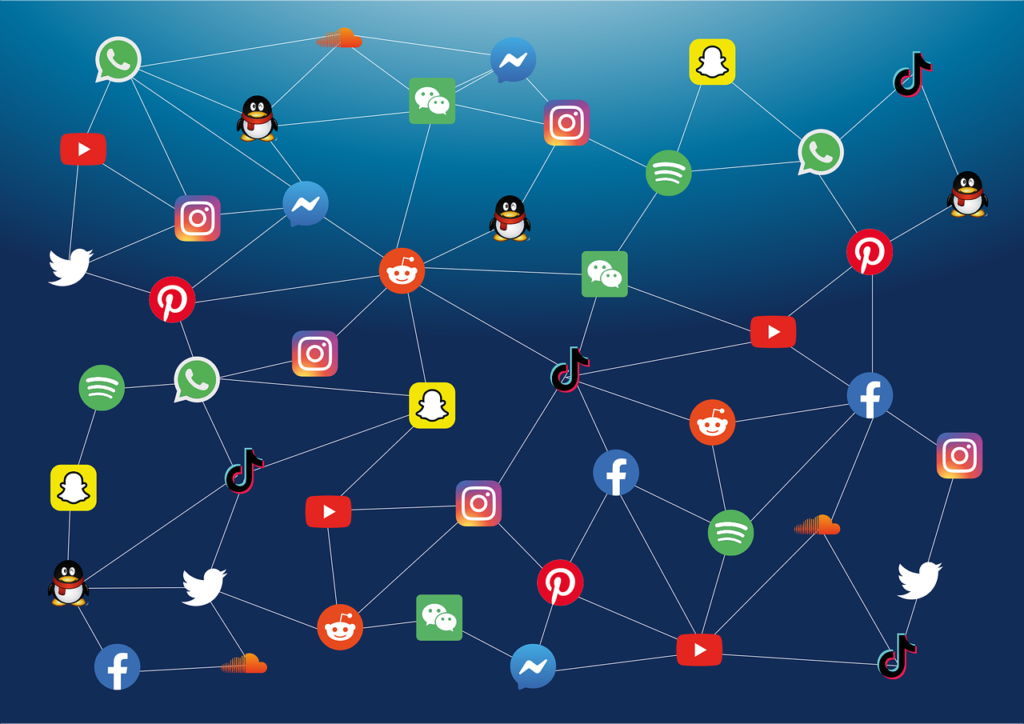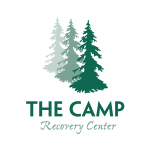
Contributor: Staff at The Camp Recovery Center
Keeping kids safe from drugs is an age-old challenge that parents, teachers, and caregivers have been up against for years. And while there’s always been the risk that an adolescent might discover drugs, the ways kids access them continue to evolve. Today’s battleground? Social media.
Now that smartphones have become a part of most people’s daily lives, it’s often only a matter of time before a young person gets introduced to the realm of social media. The American Academy of Child & Adolescent Psychiatry says that two-thirds of American adolescents have their own internet-enabled mobile devices, and about 90% of adolescents ages 13-17 are using social media [1].
With the internet at their fingertips, adolescents are online nearly nine hours every day outside of the time they spend doing homework. Approximately 75% of adolescents say that they have at least one social media account they actively use, and about half scroll through their favorite social feed daily.
Most adolescents use social media to connect with friends and share interests. But in some cases, they stumble across people and content that exposes them to things they shouldn’t see — like drugs and alcohol.
The Dark Side of Social Media
The Wall Street Journal recently tested how accessible drug-related content is for adolescents on the video-sharing platform TikTok. The media outlet created dozens of fake accounts registered to users ages 13-15 and found that the social platform has the potential to serve hundreds of videos about drugs and drug use to adolescents in a very short period [2].
In one instance, a fake account The Wall Street Journal created, which was registered to a 13-year-old child, was served 569 videos about using drugs, about meth and cocaine addiction, and promoted buying drugs online.
And while simply viewing this content might seem harmless, it can have real-life consequences.
There’s no question that social media is popular among adolescents, which makes it a prime tool for learning how to access drugs. In a 2020 survey of nearly 10,000 adolescents in the U.S., Snapchat (34%) ranked as the most popular social platform, followed by TikTok (29%) and Instagram (25%) [3].
When researchers surveyed about 350 people who use drugs, they found that social media platforms such as Snapchat and Instagram offered fast, convenient options to connect buyers and sellers [4]. And in an informal test, it took less than three minutes for the Organization for Social Media Safety to connect with people who were selling drugs on various social media sites [5].
But when it comes to adolescents, they may not be talking to strangers who are selling drugs. Frequently, transactions occur between friends and friends of friends, so kids feel like they are safer than they really are [6].
“It makes sense that they are using online platforms to do this now because it’s the way they communicate; they are very savvy, and it’s easier to engage in sneaky behavior that can be unnoticed,” Patrick Roland, a licensed associate social abuse counselor, told Parentology. “A teenager can send or receive a message asking for or being offered drugs and easily delete it” [6].
Keeping Kids Safe on Social Media
 Social media isn’t all bad. Using these platforms can be one of the many ways today’s adolescents discover their identities and build healthy relationships. But like with anything that may impact a child’s well-being, it’s important to talk to kids about how they are using social media.
Social media isn’t all bad. Using these platforms can be one of the many ways today’s adolescents discover their identities and build healthy relationships. But like with anything that may impact a child’s well-being, it’s important to talk to kids about how they are using social media.
Whether you are a parent, teacher, or caregiver, you will likely encounter adolescents who use social media. You may feel pressure to know the ins and outs of how kids use each social platform, but the reality is that kids are always going to create their own world that separates them from adults — whether on social media or through the paper notes they pass in the classroom.
The key to keeping adolescents safe from accessing drugs and alcohol on social media is to talk to them genuinely and honestly. Kids are your best resource for what’s happening on social media, so fostering a culture of trust, collaboration, and open communication can go a long way. These tips can help you get started:
- Create dialogue around a variety of topics – Building trust takes time, so jumping right into a discussion about drugs and alcohol is usually a nonstarter with adolescents. Start by talking to them about the music or comics they like. Depending on your relationship with the child, you may also try playing a game or watching a show with them as appropriate.
- Ask them about social media – Have them show you how social media platforms work and how they are using them. Resist the urge to police their activities. Instead, ask them their thoughts and offer your own to start a thoughtful dialogue.
- Be a source of trusted information – You can be an adolescent’s best ally, so let them know that they can talk to you about drugs or alcohol, and that includes showing you what they might be seeing on social media. You are there to listen, answer questions, and support them.
The threat of adolescents accessing drugs on social media is very real, but it’s important to remember that social media is not the only source kids may turn to for drugs or alcohol. The first step in prevention is building trust and open communication. By being a source of genuine support for kids, you can help keep them safe.
References:
[1] American Academy of Child & Adolescent Psychiatry. (2018, March). Social media and teens. Retrieved from https://www.aacap.org/AACAP/Families_and_Youth/Facts_for_Families/FFF-Guide/Social-Media-and-Teens-100.aspx.
[2] Bush, A., & Hugh, M. (2021, September 9). TikTok’s algorithm promoting sex and drug videos to minors as young as 13, report says. WFLA News Channel 8. Retrieved from https://www.wfla.com/news/tiktoks-algorithm-promoting-sex-and-drug-videos-to-minors-as-young-as-13-report-says/.
[3] Statista. (2020, October). Most popular social networks of teenagers in the United States from fall 2012 to fall 2020. Retrieved from: https://www.statista.com/statistics/250172/social-network-usage-of-us-teens-and-young-adults/.
[4] Moyle, L., Childs, A., Coomber, R., & Barratte, M. (2019). #Drugsforsale: An exploration of the use of social media and encrypted messaging apps to supply and access drugs. International Journal of Drug Policy. 63. 101-110. DOI: https://www.sciencedirect.com/science/article/abs/pii/S0955395918302111?via%3Dihub.
[5] Lerman, R., & De Vynck, G. (2021, September 28). Snapchat, TikTok, Instagram face pressure to stop illegal drug sales as overdose deaths soar. The Washington Post. Retrieved from: https://www.washingtonpost.com/technology/2021/09/28/tiktok-snapchat-fentanyl/.
[6] Duffy, J. (2021, April 19). A psychologist's advice: How to talk to your kids about social media and drug abuse. CNN. Retrieved from: https://www.cnn.com/2021/04/19/opinions/kids-social-media-drug-abuse-wellness/index.html.
[7] Tolar, J. (2021, October 7). New: How kids are buying drugs on social media. Parentology. Retrieved from: https://parentology.com/news-kids-teens-buying-drugs-on-social-media/.
About Our Contributor:
The Camp Recovery Center
 Since 1984, The Camp Recovery Center has been a trusted source for residential treatment for adolescents and adults who are struggling with addiction and co-occurring mental health conditions. Located on 25 acres among the redwoods in Scotts Valley, California, our campus is a place of serenity that offers the ideal therapeutic environment for patients. Today, The Camp Recovery Center provides a comprehensive array of programming, including a partial hospitalization program and an intensive outpatient program, that meets a wider range of needs.
Since 1984, The Camp Recovery Center has been a trusted source for residential treatment for adolescents and adults who are struggling with addiction and co-occurring mental health conditions. Located on 25 acres among the redwoods in Scotts Valley, California, our campus is a place of serenity that offers the ideal therapeutic environment for patients. Today, The Camp Recovery Center provides a comprehensive array of programming, including a partial hospitalization program and an intensive outpatient program, that meets a wider range of needs.
The opinions and views of our guest contributors are shared to provide a broad perspective of addictions. These are not necessarily the views of Addiction Hope, but an effort to offer a discussion of various issues by different concerned individuals.
We at Addiction Hope understand that addictions result from multiple physical, emotional, environmental, and genetic factors. If you or a loved one are suffering from an addiction, please know that there is hope for you, and seek immediate professional help.
Published on November 9, 2021
Reviewed by Jacquelyn Ekern, MS, LPC on November 9, 2021
Published on AddictionHope.com
